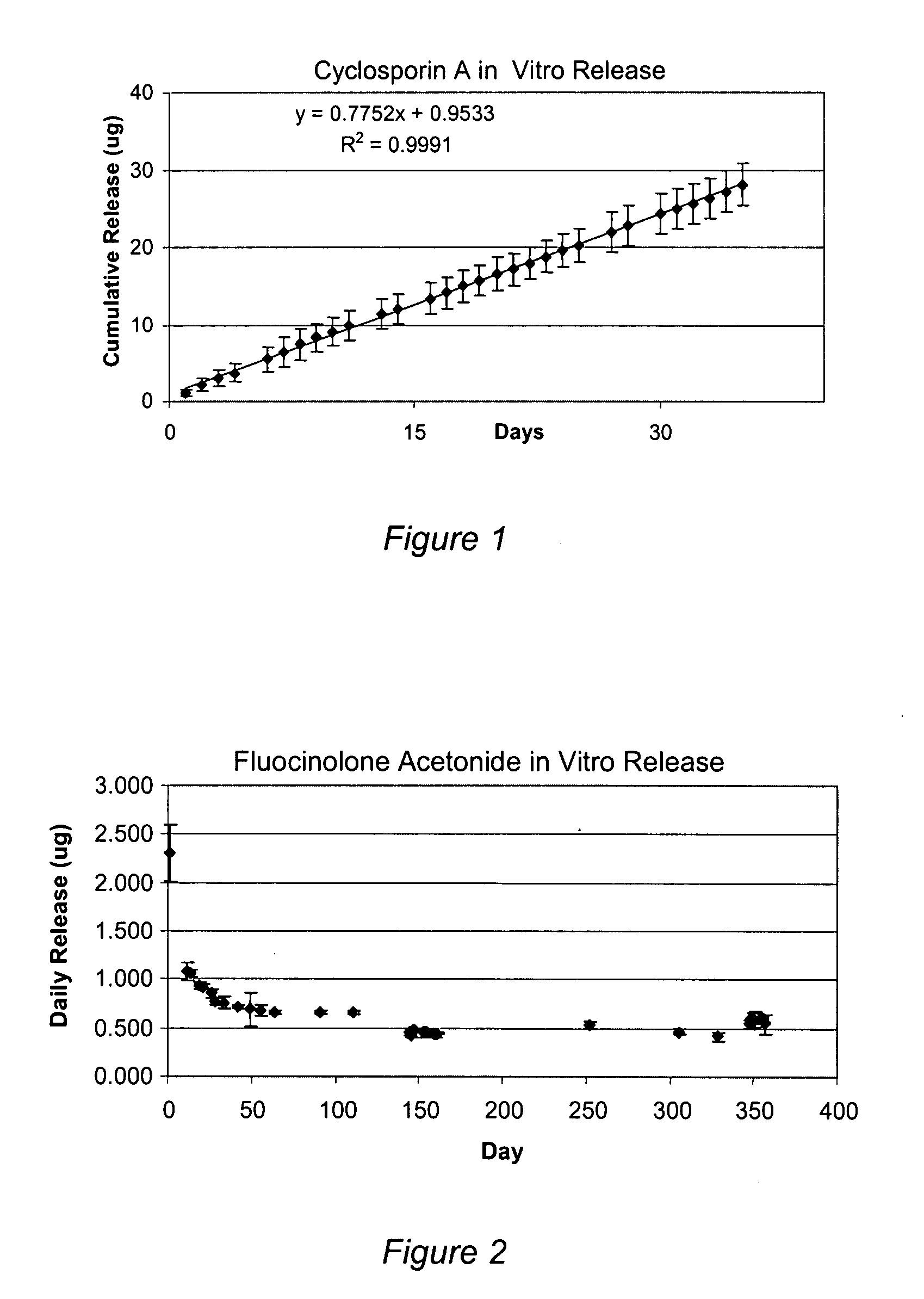Methods for treating otic disorders
a technology for otic disorders and methods, applied in the field of methods for treating otic disorders, can solve the problems of limiting the therapeutic usefulness of these drugs, hearing deficits, and toxic effects of these drugs on auditory cells and spiral ganglion neurons, and achieve the effects of preventing or reducing ototoxicity
- Summary
- Abstract
- Description
- Claims
- Application Information
AI Technical Summary
Benefits of technology
Problems solved by technology
Method used
Image
Examples
Embodiment Construction
[0051] Otoprotective agents would be useful in the context of coping with the hazards to hearing posed by loud noises in certain occupational or recreational activities, or injuries arising from aging or exposure to ototoxic chemicals, if they could be delivered consistently to the inner ear at effective concentrations. The invention provides methods for using such otoprotective agents, which are useful for counteracting the ototoxic side-effects associated with certain chemotherapeutic regimes, and for improving quality of life in aging populations experiencing progressive hearing impairment.
[0052] One aspect of the invention is a method for preventing, reducing or treating ototoxicity in a subject undergoing treatment with an ototoxic chemotherapeutic drug, such as one selected from an aminoglycoside antibiotic, a macrolide antibiotic, a glycopeptide antibiotic, a platinum-containing antineoplastic agent, certain quinine-like compounds or an ototoxic loop diuretic drug, by implan...
PUM
 Login to View More
Login to View More Abstract
Description
Claims
Application Information
 Login to View More
Login to View More - R&D
- Intellectual Property
- Life Sciences
- Materials
- Tech Scout
- Unparalleled Data Quality
- Higher Quality Content
- 60% Fewer Hallucinations
Browse by: Latest US Patents, China's latest patents, Technical Efficacy Thesaurus, Application Domain, Technology Topic, Popular Technical Reports.
© 2025 PatSnap. All rights reserved.Legal|Privacy policy|Modern Slavery Act Transparency Statement|Sitemap|About US| Contact US: help@patsnap.com

